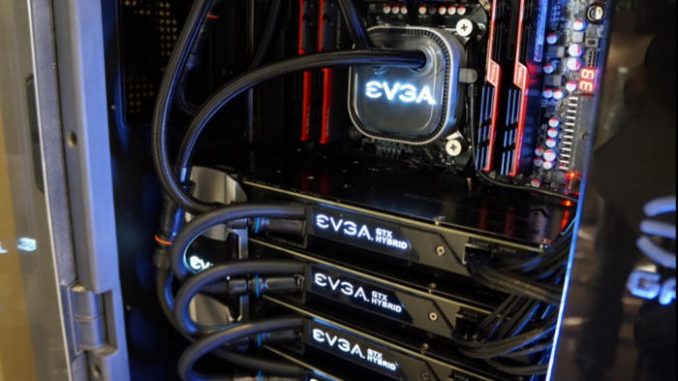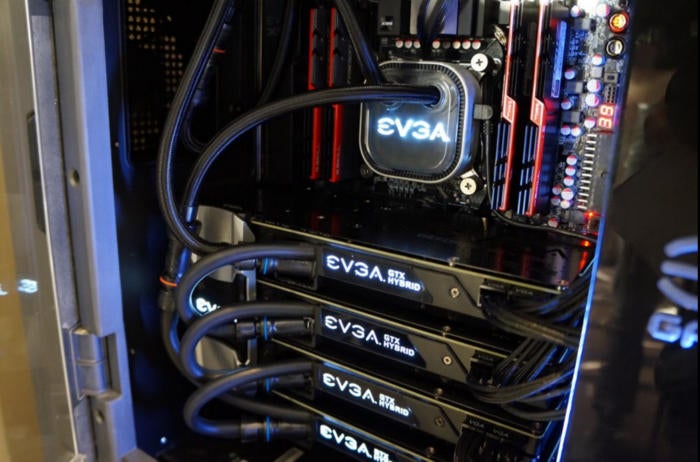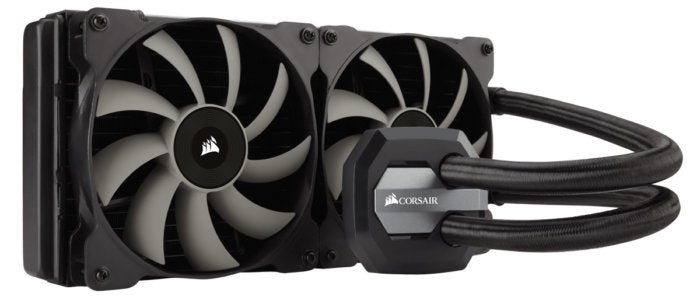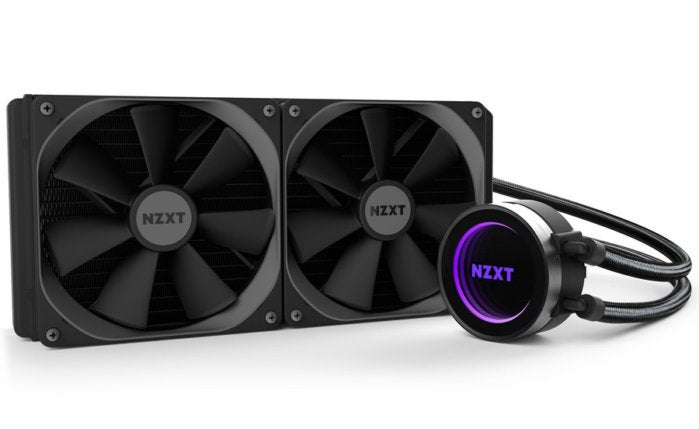

Peanut butter and jelly. Han Solo and Chewie. Expensive electronics and liquid. One of these things is not like the others. Anyone who has suffered a keyboard spill or fished a smartphone from a toilet bowl knows that liquids and electronics often aren’t compatible.
But, when it comes to PC cooling, sealed all-in-one (AIO) liquid cooling systems—also known as closed-loop coolers—are safe, effective, and easy to install. Indeed, in such instances, water is a PC’s friend!
While the stock air cooler that ships with most CPUs is perfectly adequate for everyday computing, that heatsink-and-fan combo will struggle to cool gaming systems and other high-performance PCs. At the other end of the spectrum, hardline cooling—which uses rigid tubes and a liquid reservoir—can look spectacular but requires careful planning, user-assembly, and a significant investment in leak testing. It’s the perfect project for plumbers, but for those taking their first steps in advanced PC cooling techniques, an AIO is the way to go.

Corsair
Here’s everything you need to know about closed-loop AIO coolers, from how they function, to how to pick one for your needs, to the steps for installation.
- How closed-loop liquid coolers work
- Choosing a closed-loop liquid cooler
- Installing a closed-loop liquid cooler
- Fine-tuning your liquid cooler with software
How closed-loop liquid coolers work
AIO coolers work in a similar way to a car radiator. A pump, positioned on top of your CPU, circulates a special liquid (usually a combination of distilled water and a thermally conductive fluid) around a soft tubing system, configured in a closed loop. Heat is transferred from your CPU to the liquid via a copper plate on the base of the pump.
The warm liquid travels through the tubing to a radiator, which can be mounted near the top, front, or rear of your PC case. Heat is then dissipated from the radiator with the help of fans, which can be mounted in various configurations for optimal cooling. The cooled liquid then travels back to your CPU, where the process begins again.
As AIO coolers are available with various radiator sizes, they can be put to work in a wide range of PC form factors. That said, they’re best suited to medium and large desktops. Most coolers are fitted to processors, but some can also be used for graphics cards, too.
Choosing a closed-loop liquid cooler
Today, we’ll be installing an NZXT Kraken X62 AIO Cooler ($160 on Amazon) in a typical gaming PC rig. It’ll be employed to cool a 4GHz Intel Core i7-6700K CPU ($330 on Amazon) which, with a 91-watt TDP, can get a little toasty under load.

NZXT
Before settling on an AIO model, I always recommend that you spend some time reading reviews of the leading contenders, including user reviews on Reddit’s Build a PC subreddit and sites like PCPartPicker.
[Source”cnbc”]
